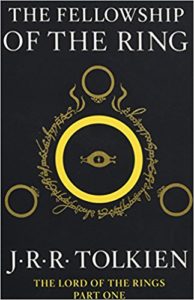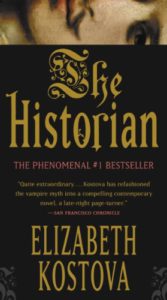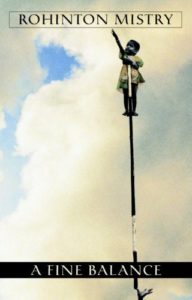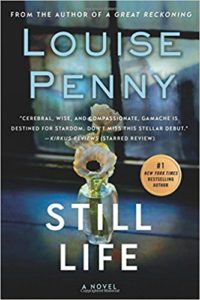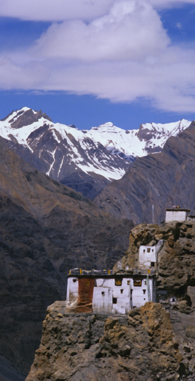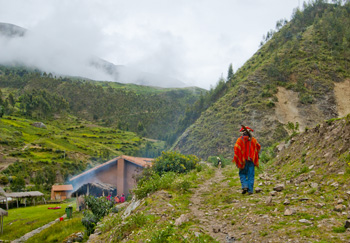What makes a book memorable? Is it the ending?
I’ve recently been through a number of personal ‘endings’: the death of a loved one and the sale of the family home to name two. Both have left me feeling tired and emotionally drained. Even though I recognize that, though painful, these are normal events in life, they are also events that will linger in my mind.
They put me in mind of how some stories stay with us far longer than others. What is it, I wondered, that allows me to forget some books almost immediately after reading, while others stay with me for years. Some people say it is a powerful ending, something that ends with resonance. Others talk about it being a combination of interesting character and setting coupled with a powerful plot. But is it all of these things together, or does one dominate the others?
For example, The Da Vinci Code could be said to have an interesting character in Professor Langdon, an interesting setting (Paris) and an interesting plot (that the descendants of Mary Magdalene and Jesus are alive today). When I think of the book (not my favorite, but I remember it), what is it that makes it memorable? For me, it’s the plot. Paris is there, but not really memorable and Langdon doesn’t really interest me at all. For other readers their experience might be different.
Here are a few of the books that haunt me far more than The Da Vinci Code:
• I will always remember Lord of the Rings and still find it a balm on days when I’m feeling low. I loved the world J.R.R. Tolkien built… and the elves, of course.
• The Historian, by Elizabeth Kostova blew me away with its haunting prose descriptions and suspense, though the ending, to me, was flawed.
• I loved Rohinton Mistry’s A Fine Balance for the evocative location and the tragedy of the story.
• Fatherland, an alternate history where the Germans won the Second World War, was a chilling detective story filled with haunting gray and darkness.
• Louise Penny’s Inspector Gamache mystery series is a guilty pleasure that I have to ration like the best 80% chocolate. I love the town of Three Pines and the complex and quirky characters that populate the place.
So what is it about these books that keeps drawing me back to reread them, or that stick so clearly in my mind? As I look back at my list I realized that it was a very powerful sense of place. Tolkien’s world building went so far as to create a whole elvish culture and a history of Middle Earth right down to the poetry and songs of the place—some of which I learned by heart. Kostova took
me thought Eastern Europe and again evoked a magical and sometimes dread-filled sense of place. Rohinton Mistry brought me to the darkness and the light of Indian culture, including the underbelly of the Indian State. Fatherland evoked serious dread and horror at the final discoveries.
Louise Penny? Well what is there to say? I want to eat the food in the restaurant and stay at the B and B in Three Pines. I want to talk to her characters and walk the road around the village admiring the gardens, the antiques and the artwork, regardless of the fact that I’m likely to end up as a murder victim. (There are a lot of murders in Three Pines.)
So even if there are interesting events in these books, most of all it’s the place and the characters that grab hold of my head and my heart and won’t let go. Sometimes it makes it hard to say goodbye—to a book or a part of life.
What about you? Is it the character-full book, the evocative setting, or the unusual plot that haunts you or keeps you going back to a book again and again? What are your favorite reads?
